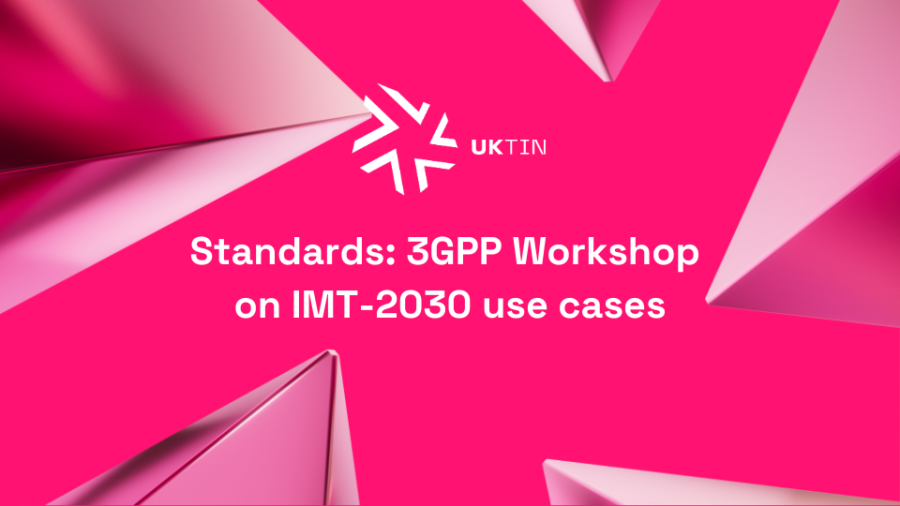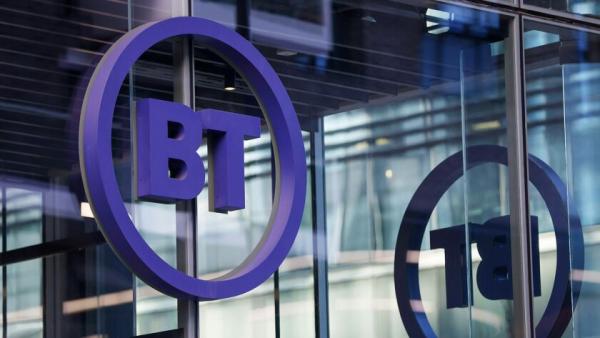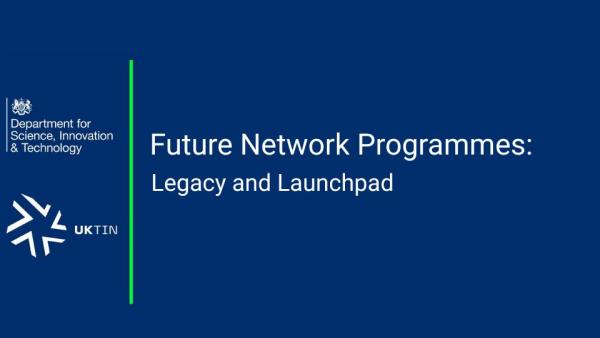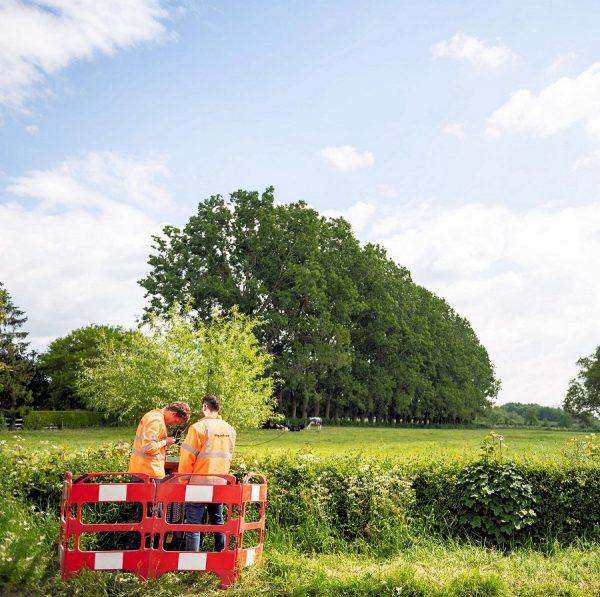
To ensure that SMEs have a front-row seat to telecoms standards making, our Standards Champion, Andy Reid, attends key standards meetings to observe, participate in conversations and report back on key themes and discussion points.
Here, Reid shares his reflections on the recent 3GPP workshop in Rotterdam.
What was the Standards Body?
The 3G partnership project (3GPP) is a partnership of seven regional standards bodies from around the world and has been central to the success of mobile telecoms. You can buy a smartphone from a wide variety of vendors, plug in a SIM card from any one of hundreds of mobile operators, roam anywhere around the world – and the smartphone just works. This is only possible because all involved follow over 150,000 pages of 3GPP technical specifications.
What was the specific meeting and what was discussed?
This particular meeting was a special one-off meeting with the somewhat cryptic title of “Stage-1 Workshop on IMT-2030 Use Cases”. Translated, this was 3GPP’s kick-off meeting for all things 6G.
Over the last few years, while mobile operators have been busily deploying 5G networks, the research and academic communities have been asking what comes next. In the diplomatic world of the International Telecommunications Union (ITU), which, for example, decides what radio frequencies can be used for mobile, they refer to “International mobile telecommunications towards 2030 and beyond” (IMT-2030) but most of the world calls this “6G”.
In the 3GPP process, the first step is to decide what features 6G networks need to support. From that a system level architecture can be developed, and then detailed specifications can be written. This workshop in Rotterdam was the first step in deciding the 6G feature set and therefore a highly significant meeting.
The workshop heard from three different sets of organisations:
- Those representing specific industries setting out their needs into the future
- Those conducting research in each of the regions represented by the 3GPP partners
- Other telecoms industry bodies with an input on 6G
While there was a lot of material presented, at the end of the workshop, the co-chairs summarised what they saw as the most frequently recurring topics:
- Security - both network security and data confidentiality, including the need for quantum safe encryption.
- Support for AI - both supporting AI at the application level at all stages of the AI/ML process, as well as the use of AI for network optimisation including for sustainability goals.
- Immersive comms - support for XR, holographic, and multisensory human interfaces for gaming/entertainment, education, and other professional requirements.
- Ubiquitous and resilient coverage - use of non-terrestrial networks (NTNs) to complete coverage beyond the reach of standard terrestrial networks (TNs). Especially noted for automotive, aircraft, marine, and emergency/disaster services.
- Sensing - covering human activity recognition, localisation and tracking, and more general monitoring. The value of integration of sensing with the network was also noted, e.g. for positioning/localisation/tracking. This is largely based on exploiting the idea that the technology which makes radio signals robust to signal reflections from the environment, can also potentially identify what is causing the reflections.
What were my impressions from the meeting?
Being present in person means you can hear not just the main presentations but also what is said outside the main meeting and even ‘hear’ what is not said.
There was a great deal of commonality and collective determination to make 6G a success. This was particularly true when 6G was presented in the context of overall societal needs such as sustainability and requirements of emergency services. The presentations from Far East organisations went much further, with a drive for 6G coming from the need to automate all sorts of services to support aging populations with low birth rates.
However, there were also more controversial points which are likely to occupy some of the forthcoming discussions in 3GPP.
First, there is a sense, especially amongst the mobile operators, that 5G has yet to deliver on its wider promises of new revenue from industry verticals, for example, automotive and industrial automation. Moreover, the operators have just spent large amounts of money deploying 5G and so it’s not an ideal time to be talking to their investors about 6G.
Second, and very much coupled to the first, is the way in which mobile works alongside other radio access technologies, notably WiFi, but also low power solutions like Bluetooth, LoRaWAN, Zigbee, 6LoWPAN, Z-wave, etc. It was clear that there were differing views on whether 6G should embrace these within an umbrella architecture so that the mobile radio interface is just one option available, or whether these were actually in competition with the ambitions for 6G (and indeed 5G). With different players within 3GPP having differing commercial interests, this will be an interesting debate to follow.
Another point was the differing views on the need for backwards compatibility between the generations of mobile technology. Both the automotive and industrial automation representatives gave this as a fundamental requirement given the lifespan of the likes of cars and industrial robots. However, this is not the model that 3GPP has followed so far where normally an end user has had to buy a new smartphone to access the features of the next generation of mobile. This has worked with the lifespan of a smartphone but clearly cars and industrial robots are not smartphones.
A final point arising from these verticals is the need for industry specific solutions and that a ‘one size fits all’ mobile network facility may not be ideal. This suggests to some that 6G should adopt a more modular architecture but there are also some influential voices deeply opposed to this approach.
This is only the beginning of 6G standardisation and even with some issues to resolve, the details of 6G are starting to emerge.
What is the roadmap from here?
3GPP has four plenary meetings a year interspersed with working group meetings.
The next working group meeting is in Maastricht in August and will define the specific study items needed to agree the 6G feature set. These study items will then be agreed at the plenary meeting in Melbourne in September. This work on features should have progressed sufficiently by spring next year when a second workshop is scheduled to start the process of agreeing the overall architecture for 6G.
To find out more about what else has been happening in the world of Standards over the past quarter, download our report here.









